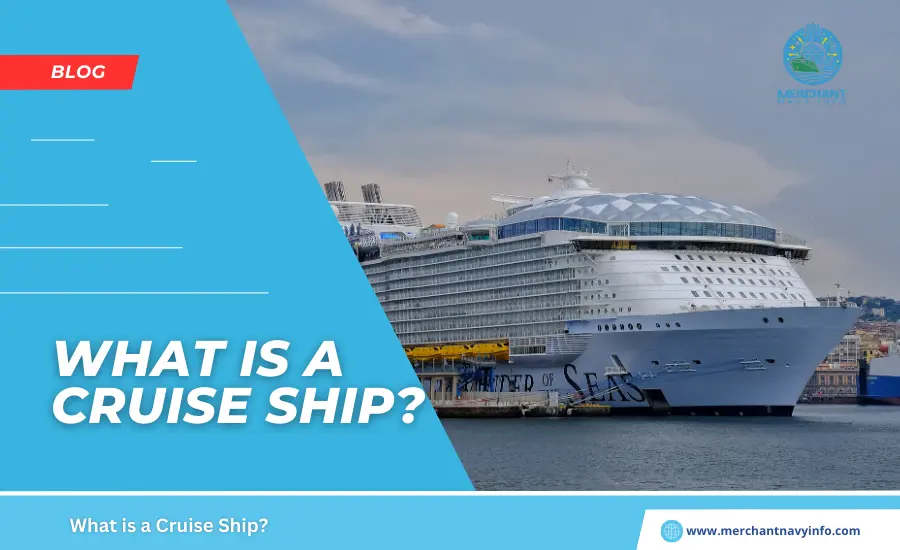
Cruise ship are luxury vessels designed to take passengers on an enjoyable journey, and the journey is as much a part of the experience as the various destinations along the way. Unlike ocean liners, which carry passengers across oceans from one point on Earth to another, cruise ships, or what are commonly referred to as cruise ships, benefit from round-trip travel with passengers on board. It can take anywhere from a day to a week in some cases and ends at the port of departure. This is a very refreshing way of fun and relaxation that relaxes the mind and greatly replenishes your energy.
History of Cruise Ships
The current form of cruises dates back to the early 20th century, when international travel was at its peak. Since the only means of transportation was ships, different companies in this industry offered their best services to compete in the market. An ocean liner offering luxury services, offering so-called liner travel. However, the long journeys, which could take up to four days or more, required extensive storage space for fuel and other necessities, leaving little room for luxuries. With the advent of jet aircraft in the second half of the last century, passenger preferences changed, and long voyages became the preserve of sea enthusiasts.
The Advent of Cruise Ships
This situation was ideal for the launch of cruise ship. It takes something very special and exciting to reignite people’s interest in sea travel, and this is where these voyages became so popular. Considering that the voyages are relatively short and there are many exotic stops, the ships are accordingly designed to have more space and use it in an open design that exudes luxury. It would be appropriate to compare a cruise ship to a floating hotel with hospitality units for the rest of the crew.
Cruise Ship Facilities
The facilities on these cruise ships include excellent dining services. Some ships offer outdoor dining on the deck, while others have luxurious dining rooms with delicious recipes that passengers will remember. There are also casinos, fitness centers, spas, and movie theatres, and some ships even have Broadway-style theatres. These cruise ships also have swimming pools, hot tubs, lounges, libraries, gyms, and clubs.
Quite frankly, they offer passengers the best hospitality and service imaginable, as well as some of the most beautiful natural views along the coast. Over the past decade, cruises have become an integral part of the tourism industry, contributing more than $25 billion annually to this fast-growing sector. As expected, most of the business comes from the North American and European regions, but other regions, such as the Pacific, are catching up.
Types Of Cruise Ships
1. Ocean Cruise Ships
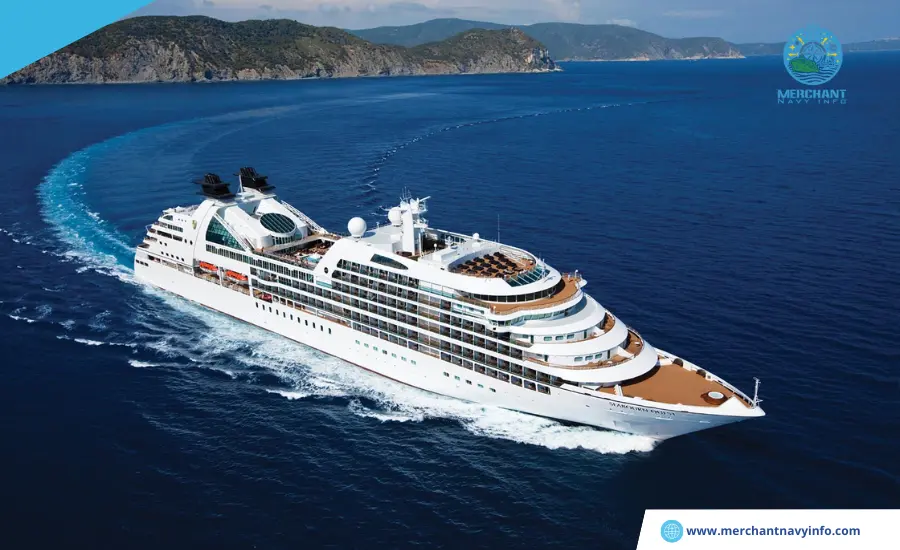
Mega Voyage Ships:
These are the biggest sort of journey ships, frequently carrying 3,000 to over 6,000 travellers. They include broad civilities such as different eating scenes, theatres, shopping centers, water parks, and various amusement alternatives. Mega voyage ships are ordinarily utilized for prevalent courses, just like the Caribbean and Mediterranean.
Expansive Journey Ships:
Marginally smaller than mega journey ships, these vessels carry between 2,000 and 3,000 travellers. They offer a wide extent of comforts and excitement alternatives but on a to some degree smaller scale. These ships are perfect for those who need an adjustment between assortment and a more sensible measure.
Medium Voyage Ships:
These ships oblige 500 to 2,000 travellers, giving a more hint of involvement compared to their bigger partners. Medium voyage ships still offer a great run of eating and amusement choices, making them reasonable for both prepared cruisers and newcomers.
Little Journey Ships:
With a capacity of 250 to 500 travelers, little voyage ships offer a more personalized and insinuate cruising involvement. They can get to littler ports and give more one of a kind agendas, making them perfect for specialty goals and extravagance travel.
2. Expedition Cruise Ships
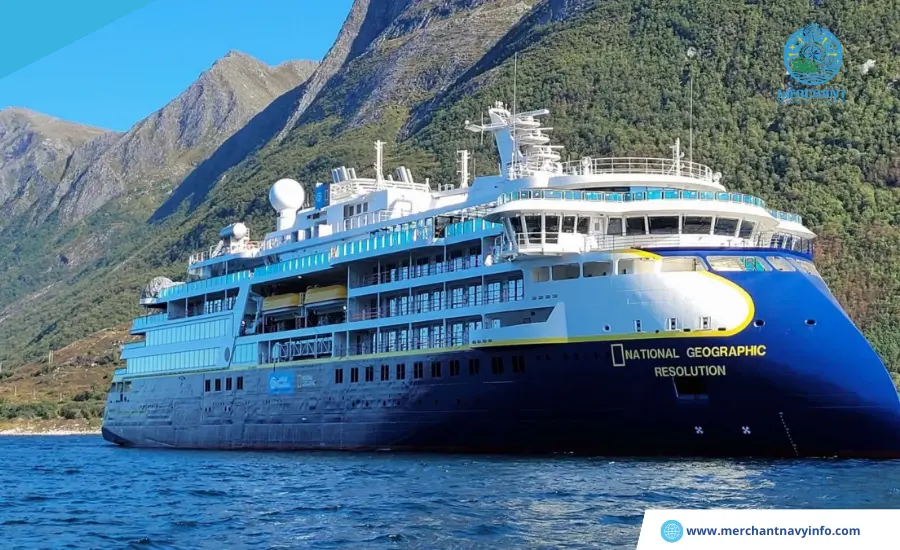
Endeavour voyage ships are planned for experience and investigation. They are ordinarily littler, pleasing between 50 and 200 travelers, and are built to explore farther and challenging situations just like the Cold, Antarctica, and the Galápagos Islands. These ships emphasize destination-focused encounters, frequently including master guides and speakers who give experiences into the districts gone by. Offices are more functional, centring on enhancement instead of a broad extravagance.
3. River Cruise Ships
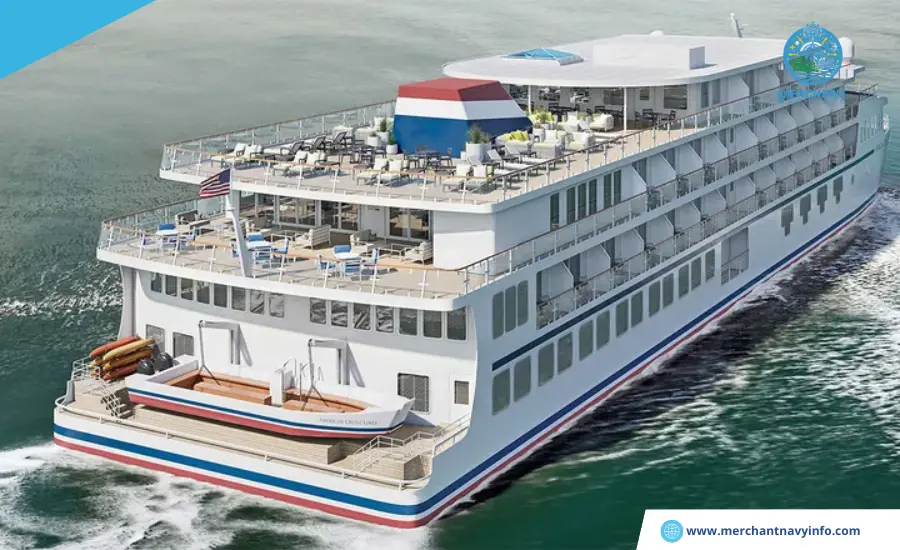
Stream journey ships are smaller vessels planned to explore inland conduits such as waterways and canals. These ships ordinarily oblige 100 to 250 travellers and offer a more loose and picturesque travel encounter. Common courses incorporate the Danube, Rhine, Seine, and Mississippi waterways. Stream journey ships provide intimate get-to cities and towns, regularly docking within the heart of the goal. The accentuation is on social inundation, with shore outings and onboard exercises that highlight neighbourhood history and cooking.
4. Luxury Cruise Ships
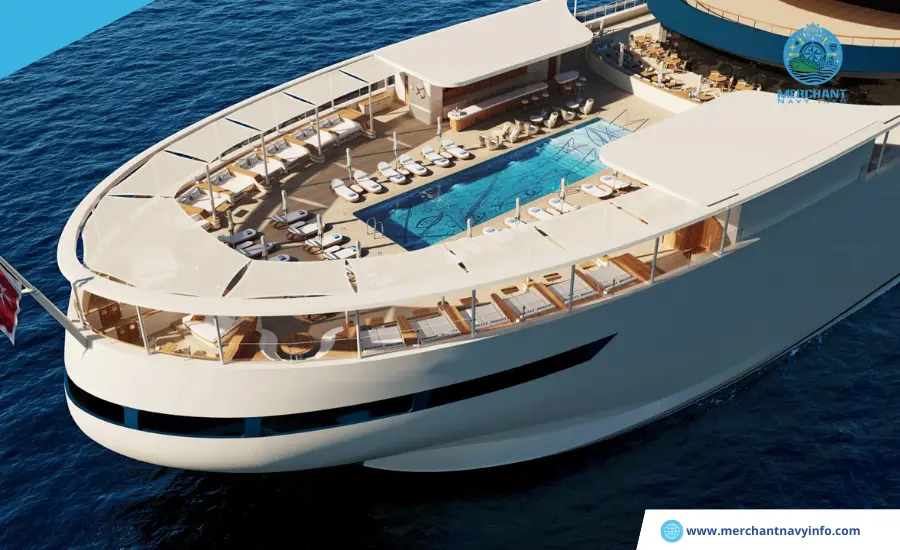
Extravagance voyage ships cater to travellers looking for an upscale, all-inclusive encounter. These ships are regularly smaller, with a capacity extending from 100 to 1,000 travellers. They offer roomy lodging, gourmet feasting, personalized benefits, and high-end civilities such as spas and private overhangs. Extravagance travels frequently highlight one-of-a-kind agendas and amplified remains in ports, giving a select and liberal travel involvement.
5. Sailing Ships
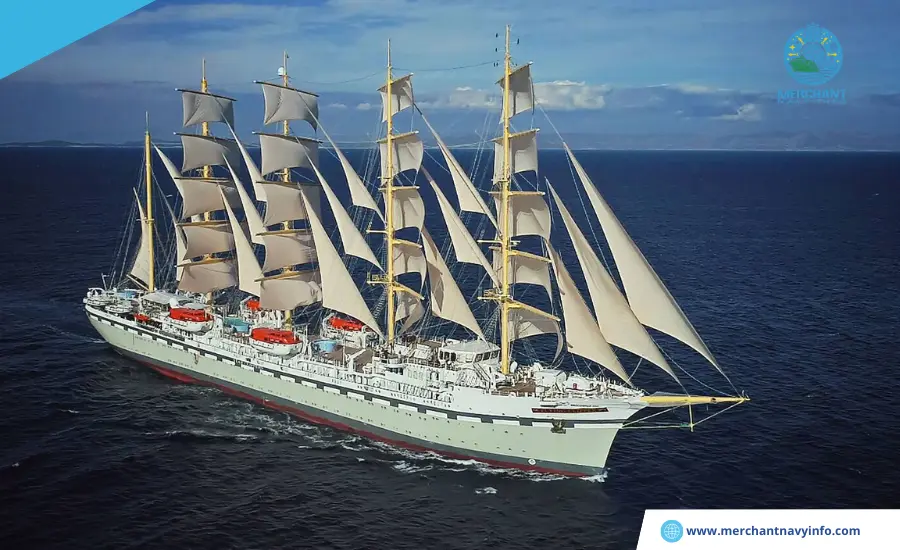
Cruising ships, also known as windjammers or tall ships, offer a nostalgic and sentimental cruising encounter. These vessels utilize sails as their essential mode of impetus, although they regularly have motors for reinforcement. Cruising ships suit a smaller number of travellers, regularly between 50 and 300, giving an insinuate and gutsy environment. They, as a rule, center on picturesque and off-the-beaten-path goals, with an accentuation on the cruising involvement itself.
6. Yacht Travels
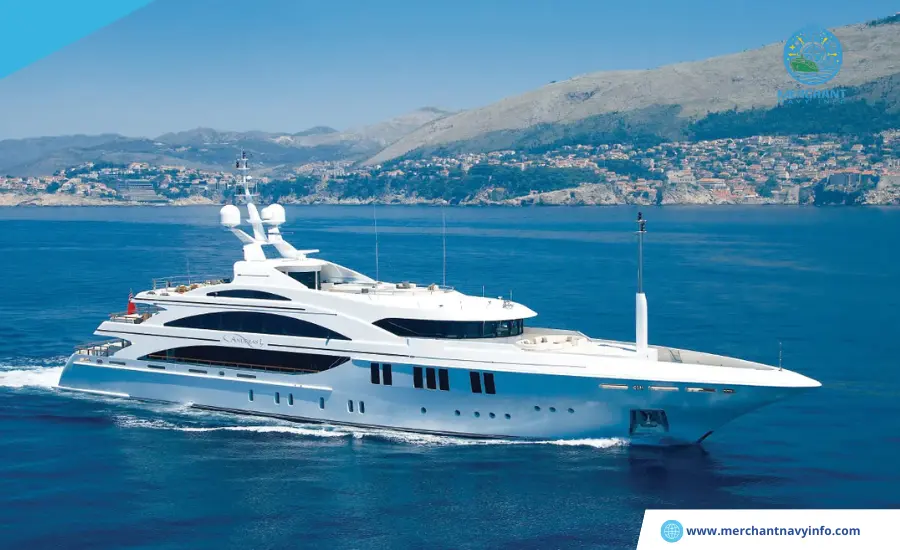
Yacht travels give an ultra-luxurious and insinuate cruising involvement, regularly obliging less than 100 travellers. These vessels take after private yachts and offer exceedingly personalized benefits, select agendas, and get to disconnected goals that bigger ships cannot reach. Yacht travels are perfect for travellers looking for protection, extravagance, and bespoke travel involvement.
7. Strength and Topic Travels
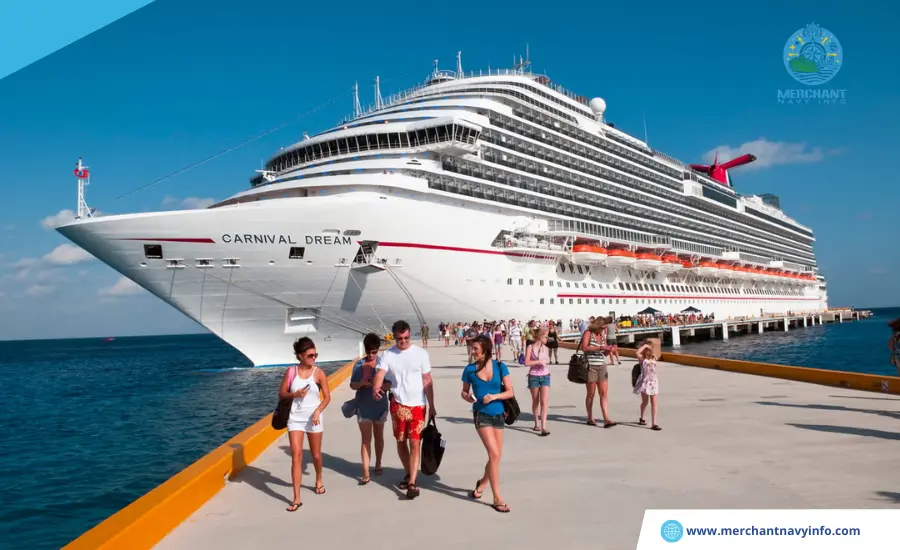
Forte and topic travel cater to specialty interfaces and particular groups of onlookers. Cases incorporate music travels, culinary travels, wellness travels, and family-friendly travels. These ships can change in estimate and conveniences but are bound together by their center on a specific subject or movement, advertising custom-made encounters and programs planned to appeal to specific bunches of travellers.









